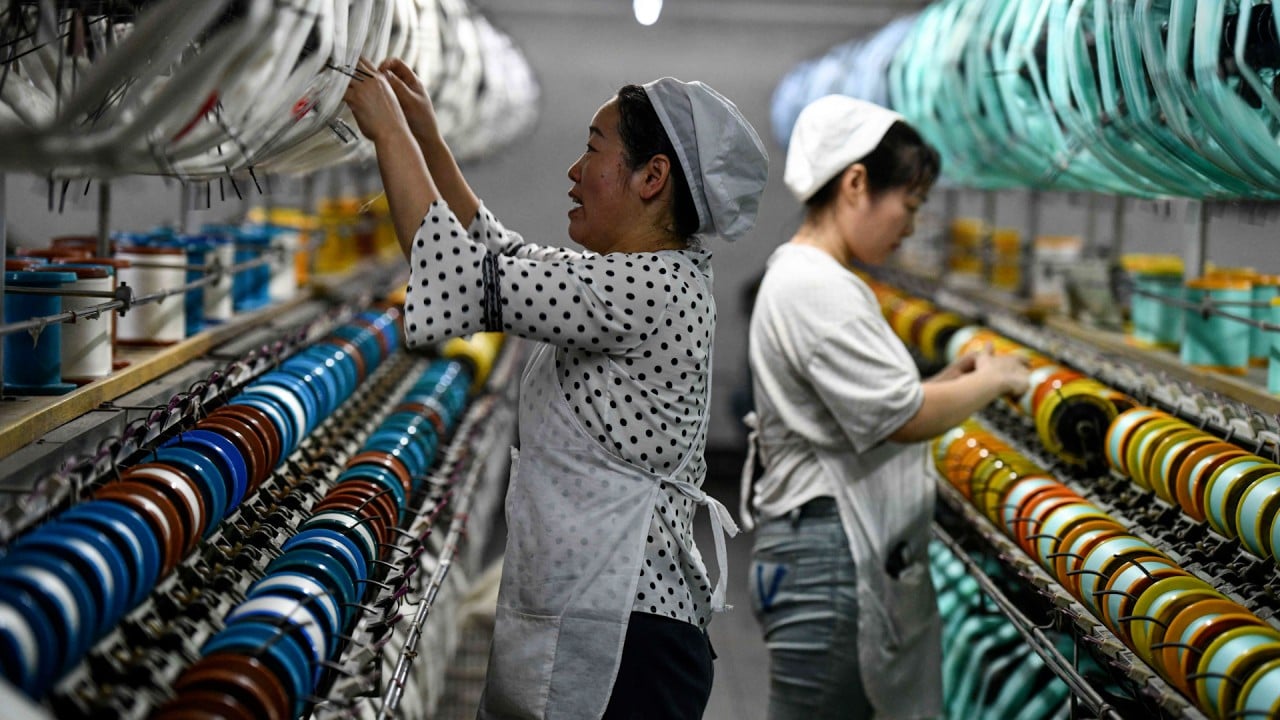Explainer | China’s stimulus salvo enters second month: our overview, and what comes next
After one month of rapid-fire economic stimulus, we look at China’s plan of action and survey what might be in the pipeline

China’s adoption of numerous stimulus measures in the past 30 days – a rapid-fire period following months of comparatively muted activity – has sent ripples through markets and stoked far-reaching expectations for further action to give the world’s second-largest economy a welcome jolt of activity.
Analysts have taken the turnaround as a sign the leadership has re-evaluated the necessity of a relief package comparable to 2008’s 4 trillion yuan (US$564.7 billion) stimulus, adopted to stave off the effects of the global financial crisis.
As the guessing game continues over the ultimate size of the stimulus, we examine how the country’s response has evolved, its impact so far and the moves which could still be on the table.
What has happened so far?
September 26: President Xi Jinping convened an unexpected meeting of the Communist Party’s Politburo to discuss economic work, and exhorted officials to revive real estate, consumption and the capital markets.
October 8: The National Development and Reform Commission, the country’s top economic planner, announced it would advance 100 billion yuan from the 2025 fiscal budget and released a list of projects that would receive a cumulative 100 billion yuan in funding.

